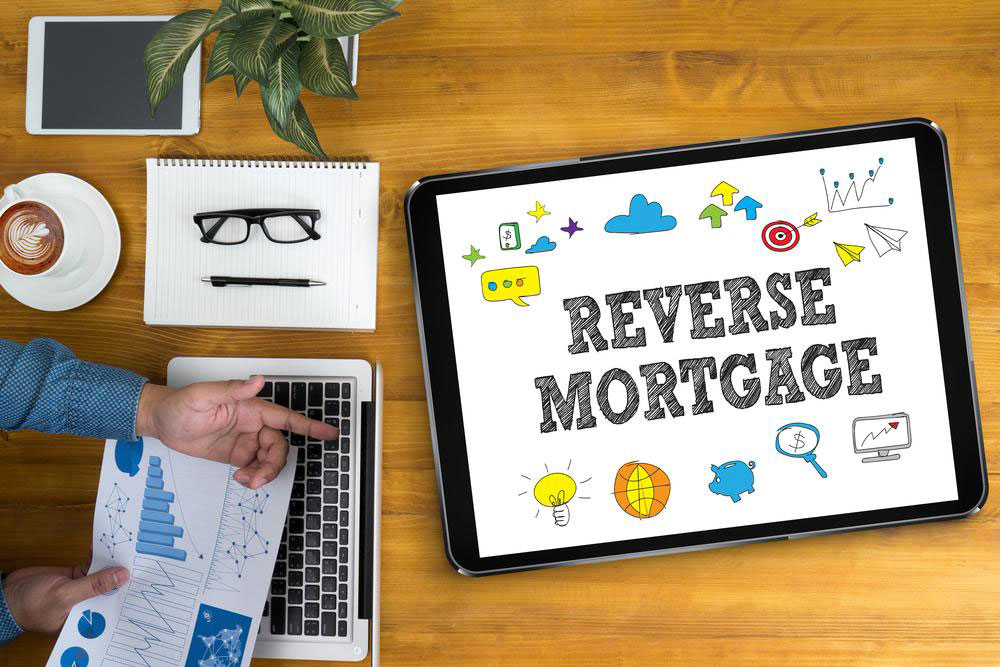Understanding Reverse Mortgages: A Guide for Seniors
This comprehensive guide explains reverse mortgages for seniors, detailing how they work, the disbursement methods, associated risks, and essential documentation. Ideal for homeowners aged 62 and above, it highlights the benefits and considerations involved in leveraging home equity. Whether planning for retirement income or healthcare expenses, understanding reverse mortgages helps seniors make informed financial decisions about their property and future.

Understanding Reverse Mortgages: A Guide for Seniors
What is a Reverse Mortgage and How Does It Function?
A reverse mortgage is a financial product designed for homeowners aged 62 and older, allowing them to convert part of their home equity into cash without monthly loan payments. Originally created to support seniors with limited income, it helps cover living expenses and healthcare costs. Unlike traditional loans, the lender pays the homeowner instead of receiving payments. The loan is repaid only when the home is sold or the owner moves out. Importantly, homeowners retain ownership throughout.
The borrower isn't required to repay the loan until the property is sold or vacated. Laws governing reverse mortgages vary by location. Homeowners keep full title to their property, even after the loan is settled. It's advisable to use an online reverse mortgage calculator to estimate potential proceeds before applying, with various tools available for precise planning.
How Does a Reverse Mortgage Work for Seniors?
It involves a loan secured by the home, with the house serving as collateral.
Unlike traditional mortgages, there are no monthly payments; instead, the loan balance increases over time.
The amount of accessible equity depends on the homeowner's age, interest rates, and home value.
Borrowers should set aside part of the proceeds for taxes and insurance costs.
Methods of Disbursing Funds
Funds can be received in various ways to suit individual needs:
A line of credit allowing draws up to an approved limit.
A combination of a line of credit and fixed monthly payments, suitable for ongoing needs.
A fixed-term plan combining periodic payments with a line of credit.
Monthly installments as long as the homeowner resides in the property.
A lump sum payout at closing.
Risks to Consider with Reverse Mortgages
Using home equity may reduce inheritance for heirs.
The estate’s value could decline as the loan accrues interest and funds are spent.
While Social Security and Medicare are unaffected, programs like Medicaid could be impacted.
It’s essential to discuss options with family members beforehand.
Required Documentation for Application
Driver’s license
Social Security card
Homeowner’s insurance declaration page
Power of attorney, if applicable
Mortgage statement, if relevant
Trust documents, if ownership is held in a trust
Court-appointed conservator documentation, if any
Bankruptcy discharge papers, if applicable
Is a Reverse Mortgage Right for You?
Ideal if you plan to stay in your home long-term and want to leverage your equity for income or a line of credit.
Other options might be better for short-term financial needs.










